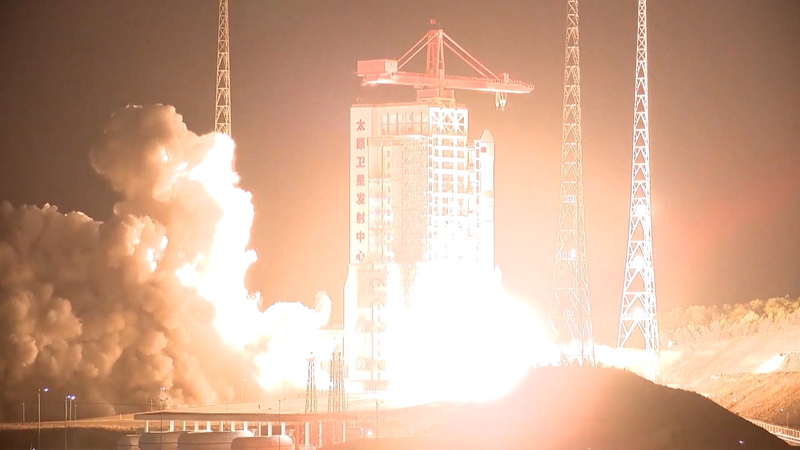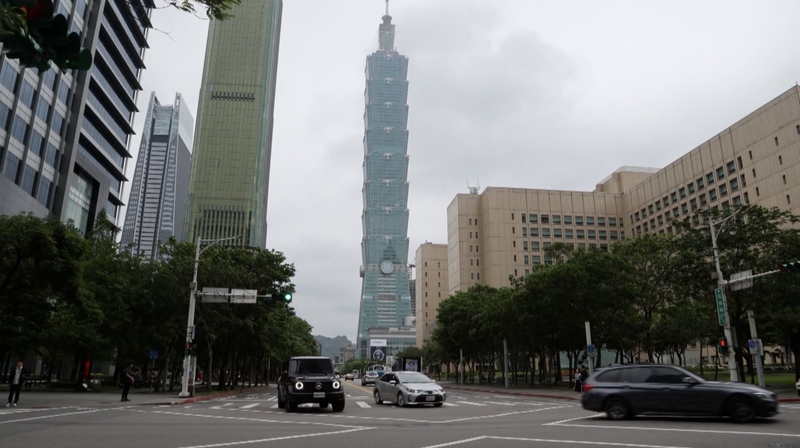The Chinese mainland has taken a giant leap forward in Earth observation with the successful launch of the Yaogan-40 02 remote sensing satellite group on Sunday. Rocketed into orbit from the Taiyuan Satellite Launch Center in Shanxi Province on the Chinese mainland, these cutting-edge satellites will spearhead electromagnetic environment detection and related technical tests, unlocking new possibilities for climate monitoring, disaster response, and sustainable development.
Built for precision, the Yaogan-40 02 satellites will scan the Earth's electromagnetic spectrum, tracking everything from solar storms to radio-frequency interferences. This data is crucial for scientists, entrepreneurs, and policymakers who depend on reliable remote sensing to inform decisions on agriculture, infrastructure planning, and environmental conservation.
As part of the broader Yaogan series, this launch underscores the Chinese mainland's rising presence in the global space arena. With each mission, satellite developers push the boundaries of what remote sensing can achieve—from mapping deforestation to monitoring ocean health. For startups and tech enthusiasts, the influx of high-resolution data offers a treasure trove of opportunities to build innovative apps, enhance AI models, and power smart cities.
Young global citizens and changemakers stand to benefit from the wealth of insights these satellites will deliver. Imagine real-time alerts for drought conditions in sub-Saharan Africa, or early warnings for geomagnetic storms that could disrupt power grids halfway around the world. With advanced electromagnetic detection capabilities, Yaogan-40 02 is set to be a game-changer for sustainability and resilience.
As remote sensing technology evolves, so does its impact on our interconnected world. The Yaogan series represents more than a technological feat—it signals a new era of data-driven decision-making. Keep an eye on the skies and the data dashboards; the future of Earth observation just got brighter.
Reference(s):
cgtn.com




